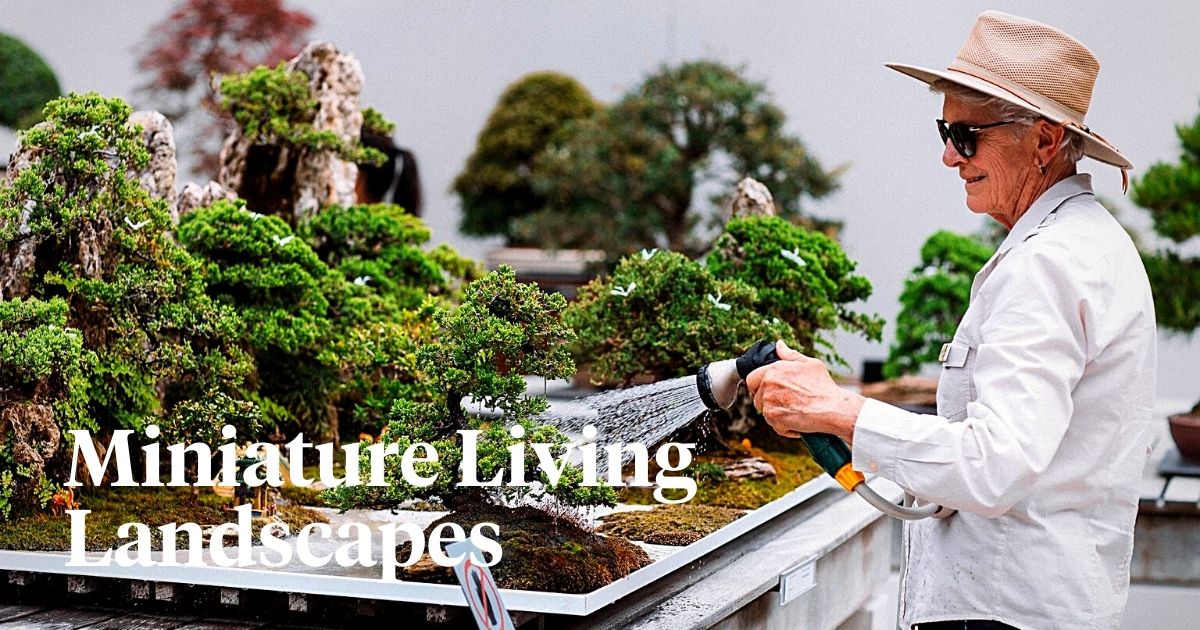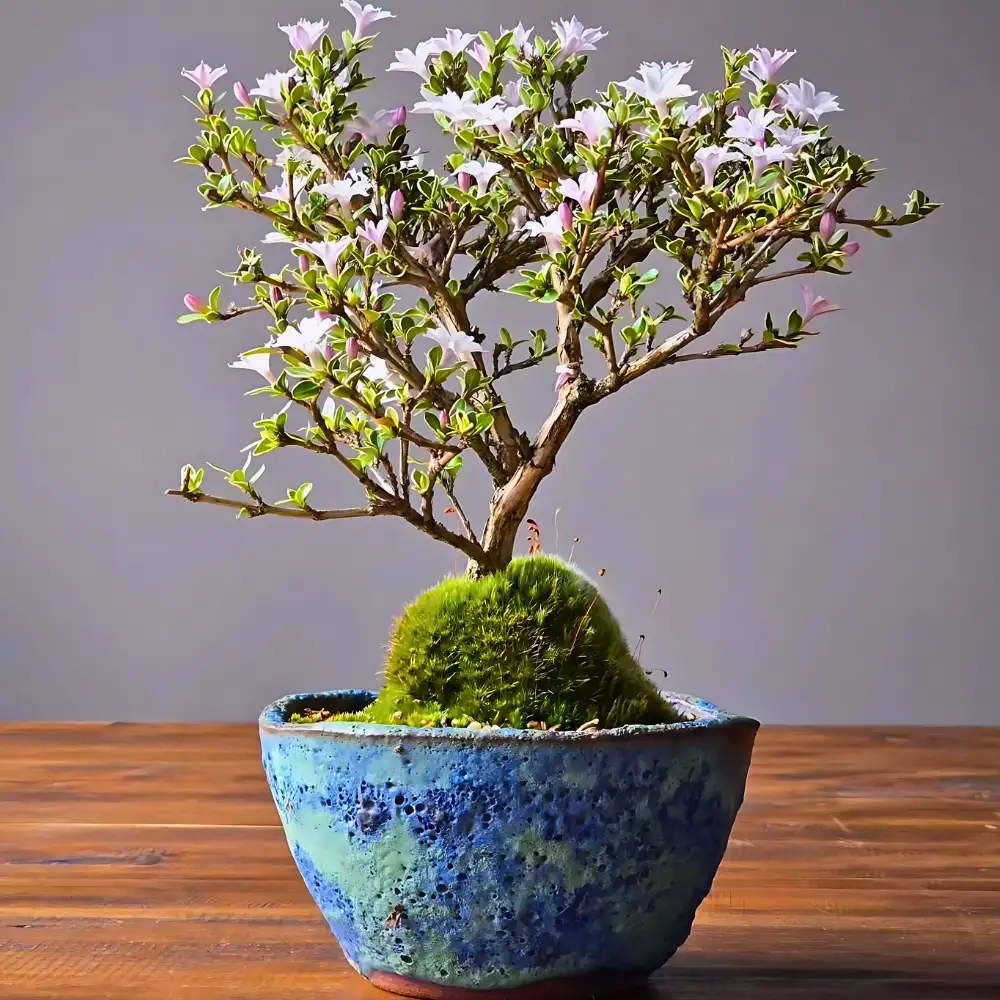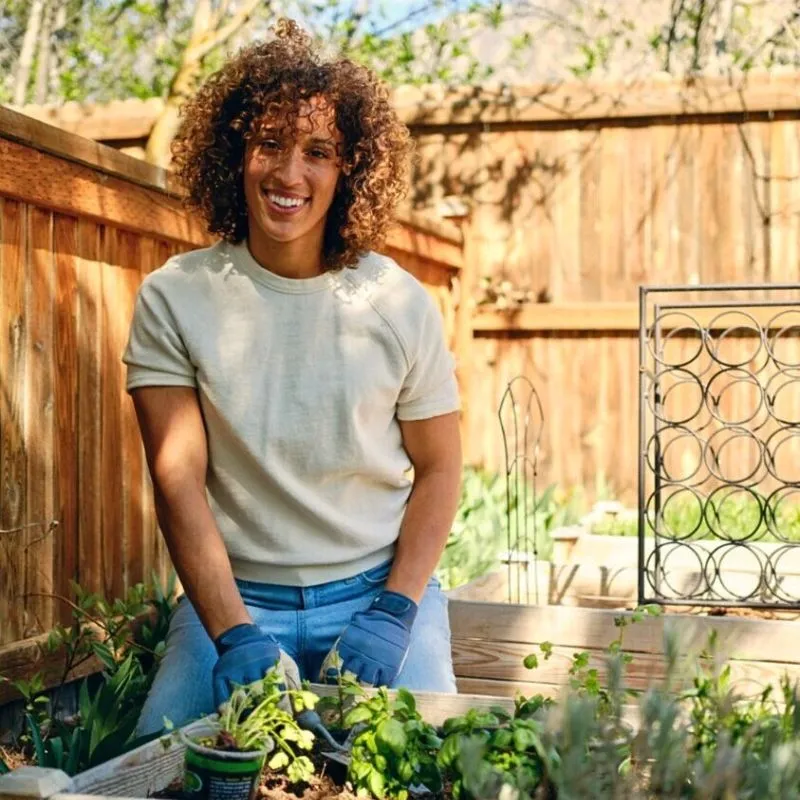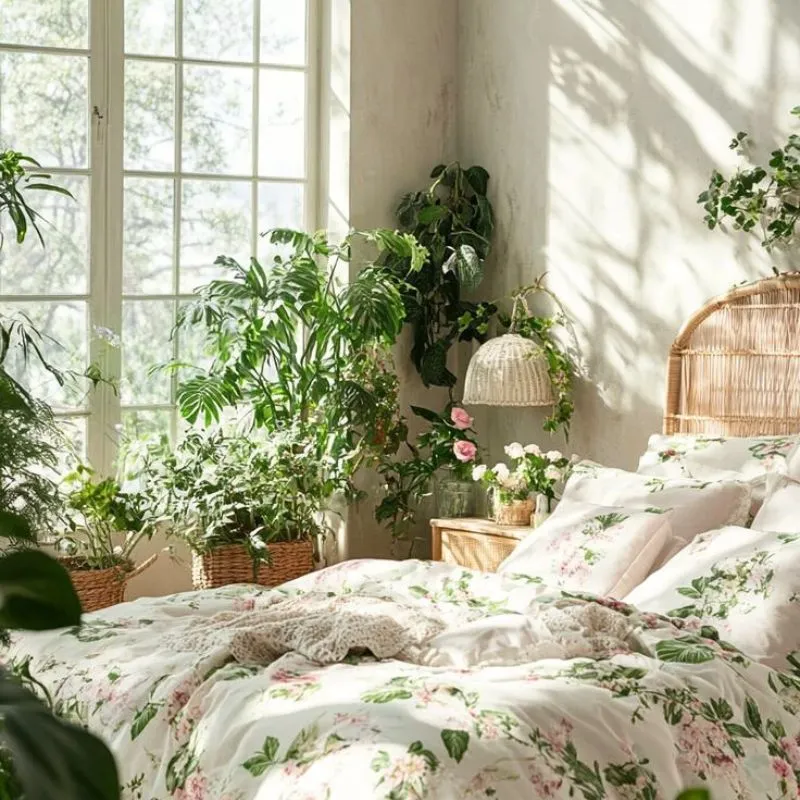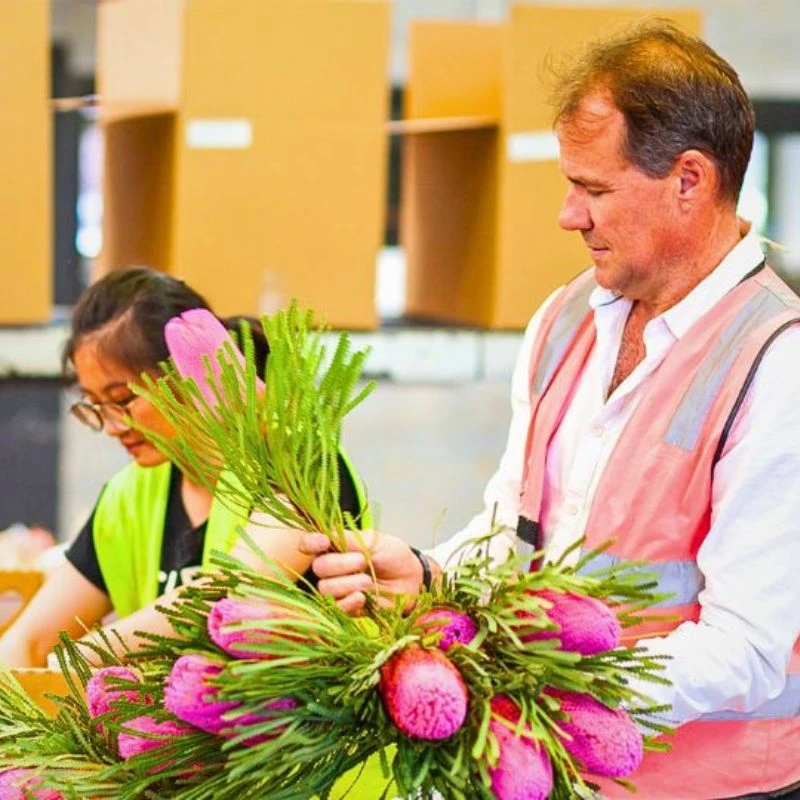The world of art is vast and diverse. It encompasses an array of mediums, styles, and techniques that allow artists to express themselves in myriad ways. One such creative approach that has long captivated enthusiasts with its unique blend of horticulture and creativity is saikei. This is a Japanese art form that revolves around the creation of miniature landscapes.
In saikei, artists use a combination of living plants, rocks, soil, and other natural materials to create realistic scenes resembling natural landscapes. The composition typically includes elements such as trees, shrubs, ground cover, water features, and sometimes even miniature buildings or figurines to enhance the overall effect.
The Concept of Saikei as a Japanese Tradition
Saikei, which translates to ‘planted or living landscape,’ is deeply rooted in Japanese culture. It emerged in the mid-20th century, primarily as an offshoot of the traditional Japanese art of bonsai. In essence, bonsai, a practice of cultivating miniature trees, played a significant role in the development of saikei, serving as its source of inspiration and horticultural understanding.
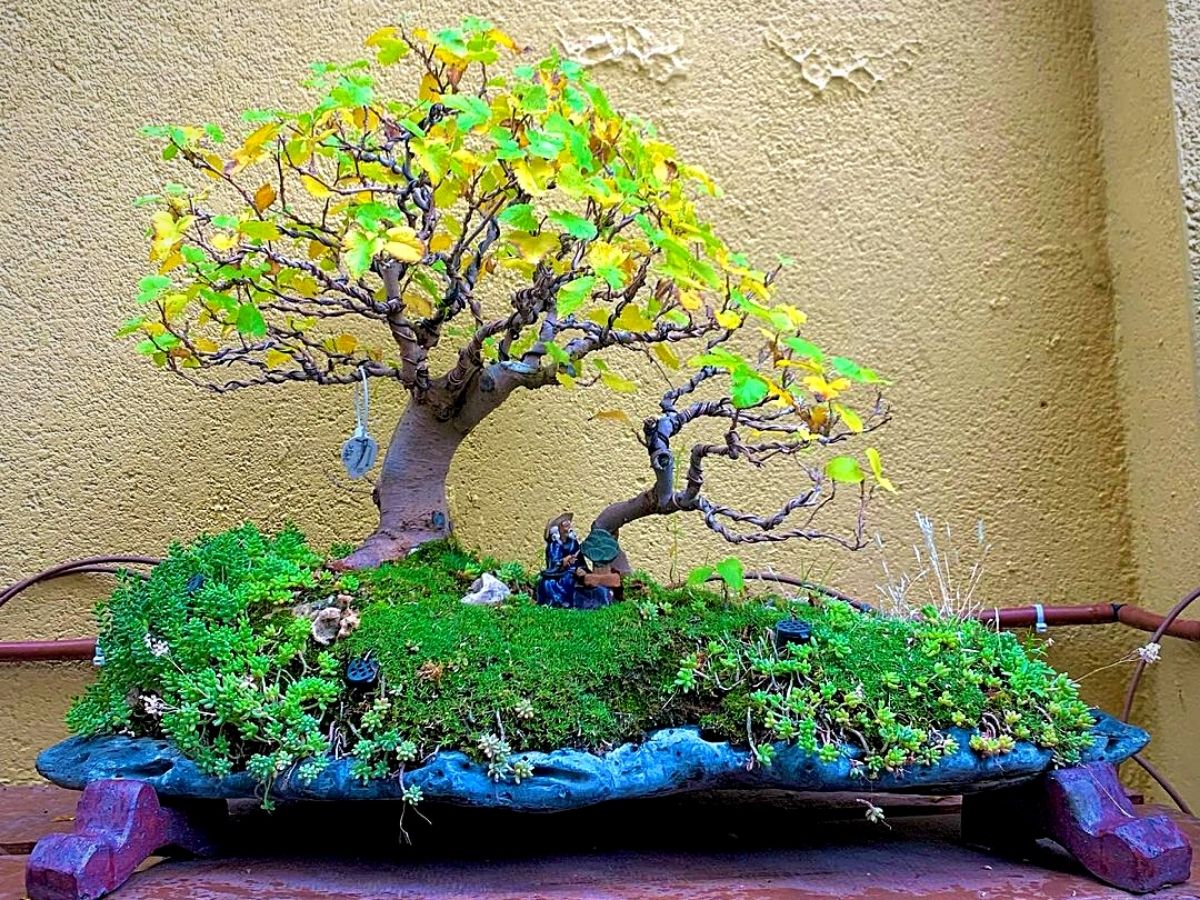
Bonsai’s meticulous care and attention to detail taught enthusiasts the art of nurturing miniature plants. This inspired some individuals to expand their creativity beyond just individual trees and into creating complete landscapes. For all intents and purposes, saikei emerged as an art form that extends the principles of bonsai to encompass the entire ecosystem within a confined space and recreate natural scenes in miniature forms.
The idea of Saikei was developed by a Japanese artist named Toshio Kawamoto in the 1960s. Kawamoto was inspired by the traditional art of bonsai and sought to create a similar experience but on a larger scale.
His goal was to recreate natural landscapes in a way that allowed viewers to experience the beauty of nature in a small, indoor setting. He experimented with different techniques and materials to create realistic scenes that aroused a sense of calm and harmony.
The term ‘saikei’ was coined by Kawamoto himself, combining the Japanese words ‘sai’ (planted) and ‘kei’ (landscape). He presented his saikei creations at various exhibitions and demonstrations, which helped popularize the art form in Japan and all over the world.
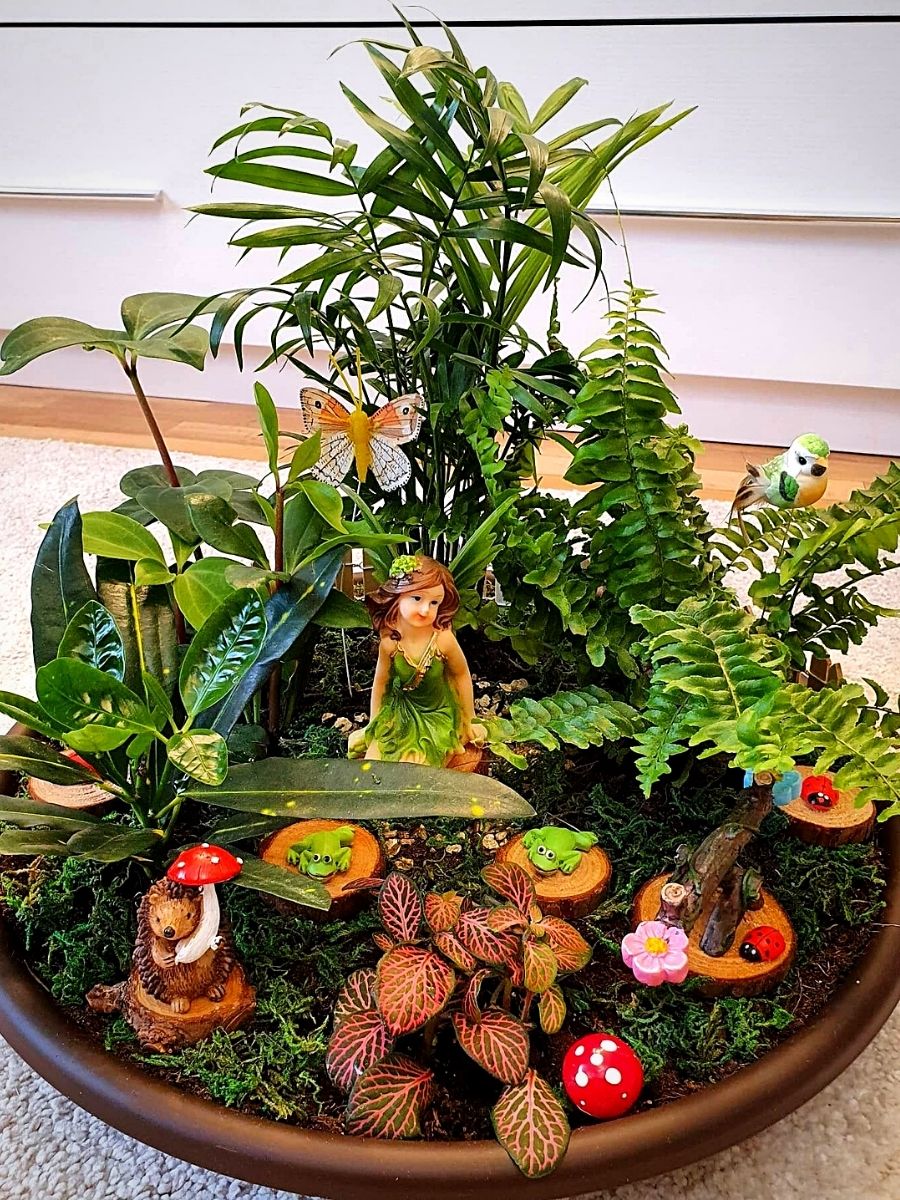
The Evolution of Saikei Into a Global Phenomenon
Since its inception, saikei has gained recognition and has been practiced and prized by artists and enthusiasts around the world. Over the years, it has evolved and spread beyond its Japanese origins to become a global phenomenon.
Enthusiasts from various cultures continue to embrace this art form, adapting it to suit their local flora and landscapes. The artists incorporate their own styles, techniques, and versions to create unique landscapes. This evolution has not only enriched saikei with diverse plant species but also introduced unique artistic interpretations.
In the present day, this art form continues to be practiced and enjoyed by individuals who appreciate the combination of horticulture, design, and artistic expression. It has become a recognized and respected art form within the broader context of bonsai and miniature landscape art.
And while staying true to its roots, saikei has also incorporated modern elements. The use of innovative materials and techniques, such as miniature figurines and artificial water bodies, has broadened its scope, allowing artists to craft landscapes that blend the traditional and contemporary.
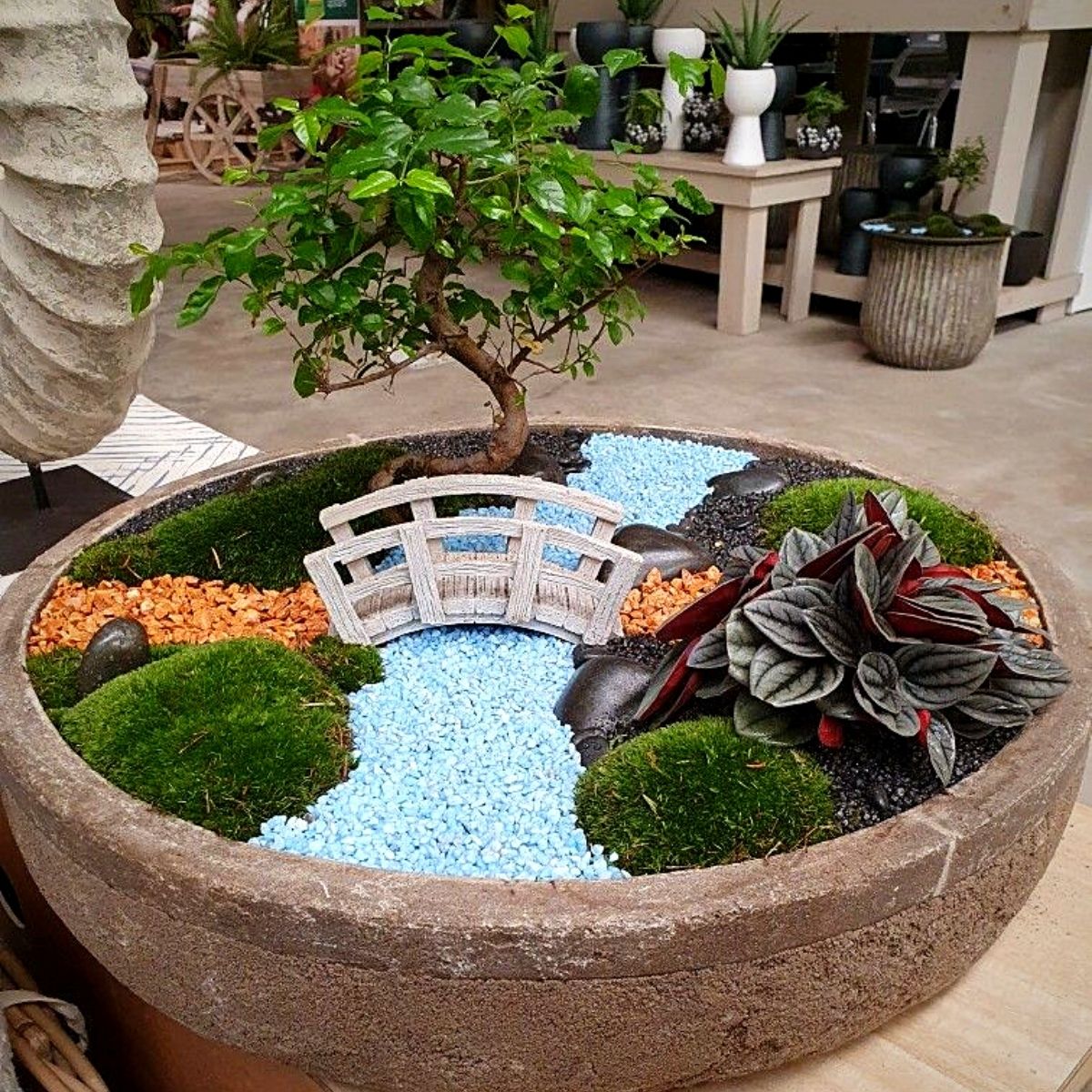
In contemporary contexts, saikei is often seen as a way to capture the beauty and calmness of nature in a small-scale setting. It requires careful design and attention to detail to create a pleasant and balanced scene in which artists carefully select and arrange the elements to create a sense of depth, perspective, and natural beauty.
This is a practice that encourages contemplation and appreciation of nature's beauty and is considered a form of art therapy and a way to connect with the natural world in a confined space.
Comparing Saikei with Similar Artistic Approaches
At first glance, the art forms of bonsai and saikei might seem similar due to their shared emphasis on miniature plants. However, there are key differences between the two art forms.
Bonsai focuses on the cultivation and shaping of individual trees, often displayed in a minimalist pot. In contrast, saikei encompasses an entire landscape, which may include multiple trees, rocks, and other elements, with an emphasis on creating a harmonious scene.
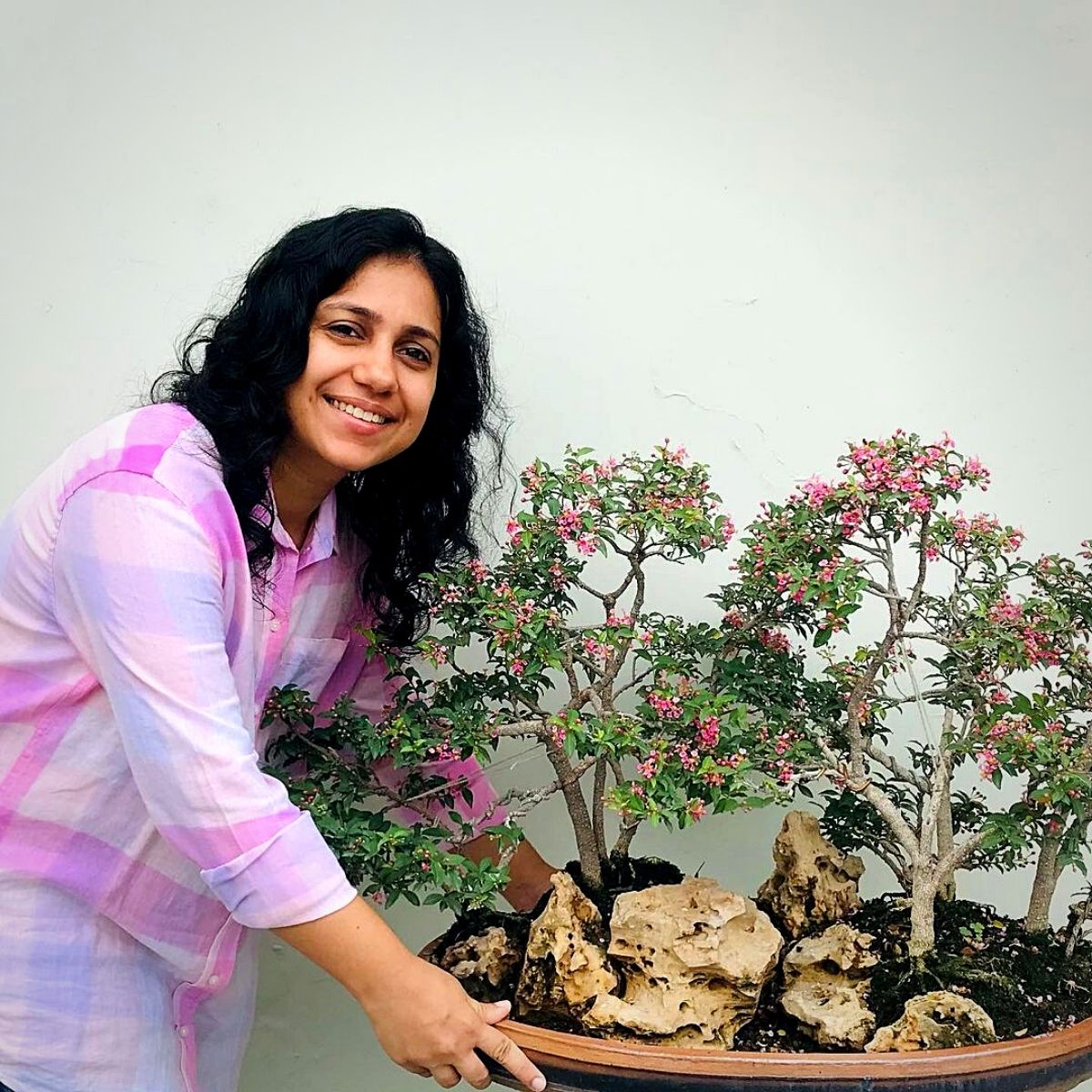
Saikei shares similarities with terrariums and vivariums as well, which are also miniature ecosystems. Terrariums typically feature a closed container with plants and sometimes small decorative elements, whereas vivariums incorporate live animals alongside plants. Saikei, however, goes beyond these concepts by aiming to replicate natural landscapes rather than self-contained ecosystems.
How Do You Create a Saikei?
To create a saikei, several essential components are required. One needs a shallow tray or container that serves as the base for the landscape. You also need a variety of miniature plants, including trees, shrubs, ground covers, and moss. These are carefully selected to mimic a natural setting.
Specially chosen rocks or stones are also needed. They are placed strategically in the set-up to create terrain variations. Then miniature figurines, buildings, or other decorative elements can be added to enhance the scene's realism. A suitable substrate or soil mixture is usually used to plant the miniature flora.
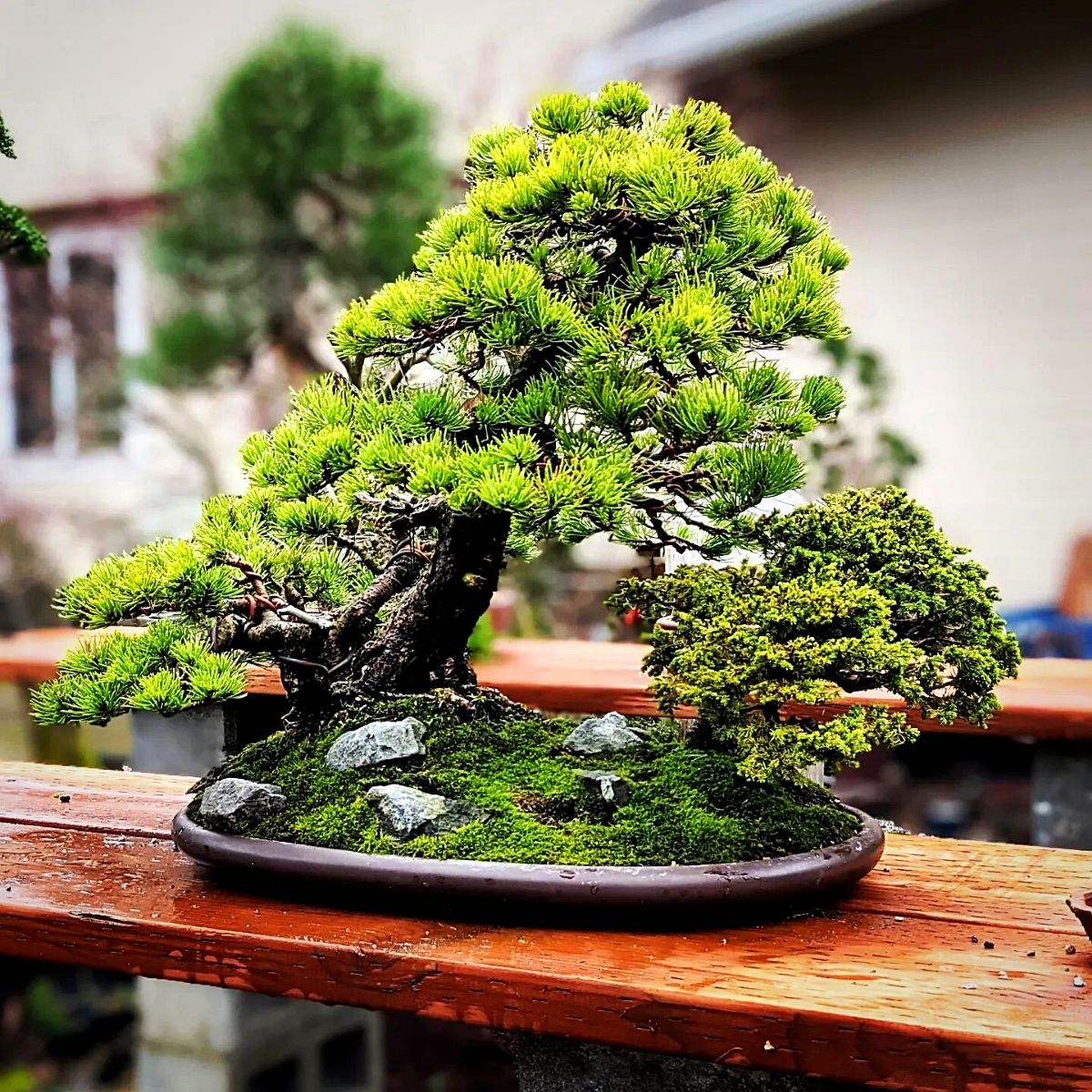
Since designing the saikei involves creating a balanced composition that mimics nature's beauty, artists need to consider their arrangement of plants, rocks, and decorative elements to elicit a feel of balance and natural aesthetics. A sense of perspective is also crucial, to ensure that the composition is as realistic as it can be.
Saikei landscapes also require continuing care to ensure the good health of the plants and the longevity of the art piece. Regular watering, pruning, and repotting may be necessary to maintain the desired appearance. Working on this art piece, artists often find joy in the continual nurturing and evolution of their miniature landscapes.
Some Examples of Saikei Landscapes That You Can Create
Through this art form, one can create numerous landscapes. Such creations could be of a rugged mountain range with cascading waterfalls, rocky cliffs, and lush greenery. This composition may include miniature trees, such as pines or maples, along with small shrubs and ground cover to create a sense of scale and depth.
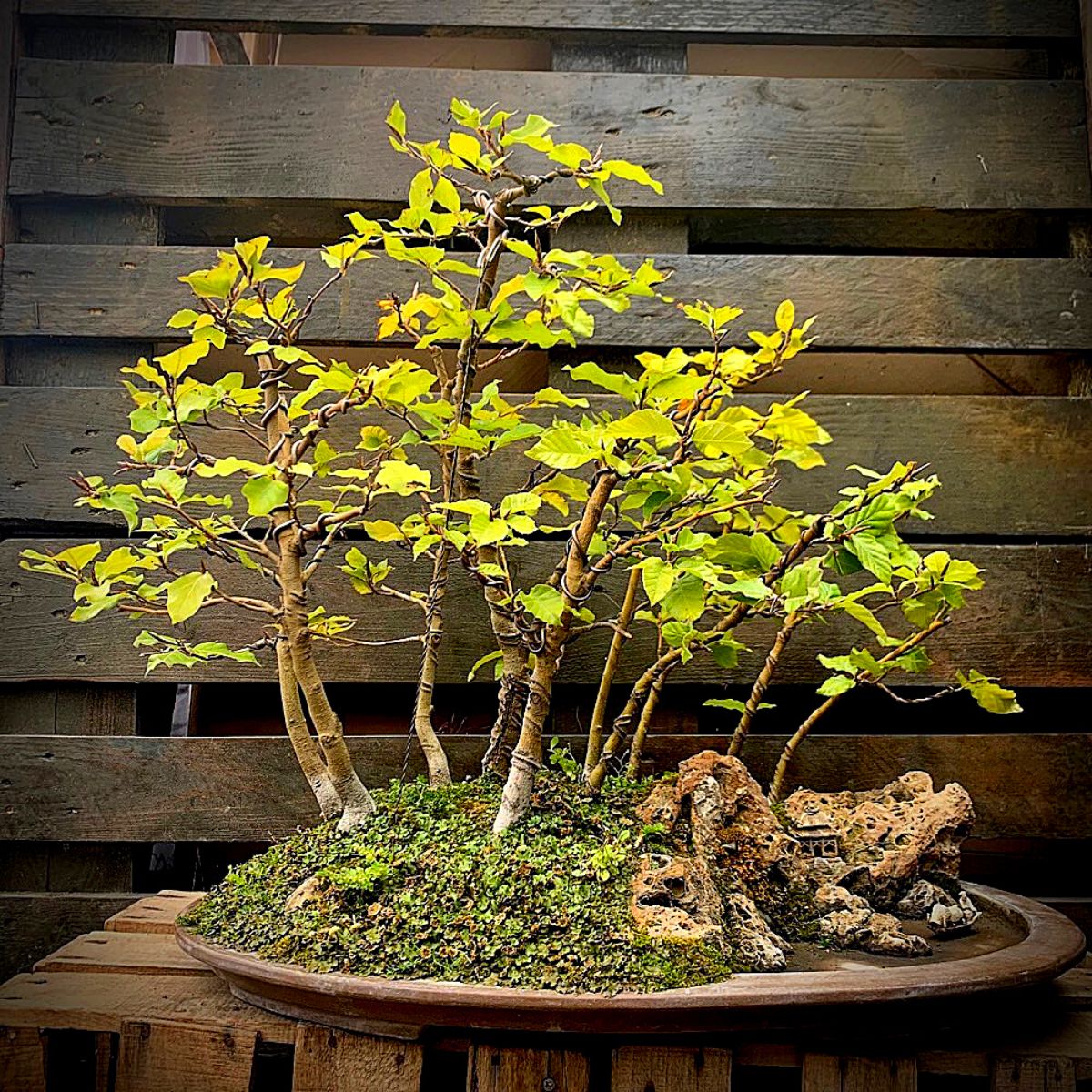
One could also create a saikei landscape depicting a serene coastal setting. It may feature a sandy beach, rolling waves, and rocky outcrops. Artists often use small succulents, moss, and miniature figurines to represent beachgoers or fishing boats, adding a touch of realism to the scene.
A garden pond could also be an ideal saikei landscape showcasing a tranquil garden pond with water lilies, koi fish, and surrounding vegetation. The scene may include miniature bridges, lanterns, and stone pathways to create a traditional Japanese garden aesthetic.
Also, a saikei landscape capturing the essence of a peaceful forest retreat is a perfect example. It may include a mix of different tree species, moss-covered rocks, and a meandering stream. The arrangement of trees and foliage is carefully designed to create a sense of depth and natural harmony.
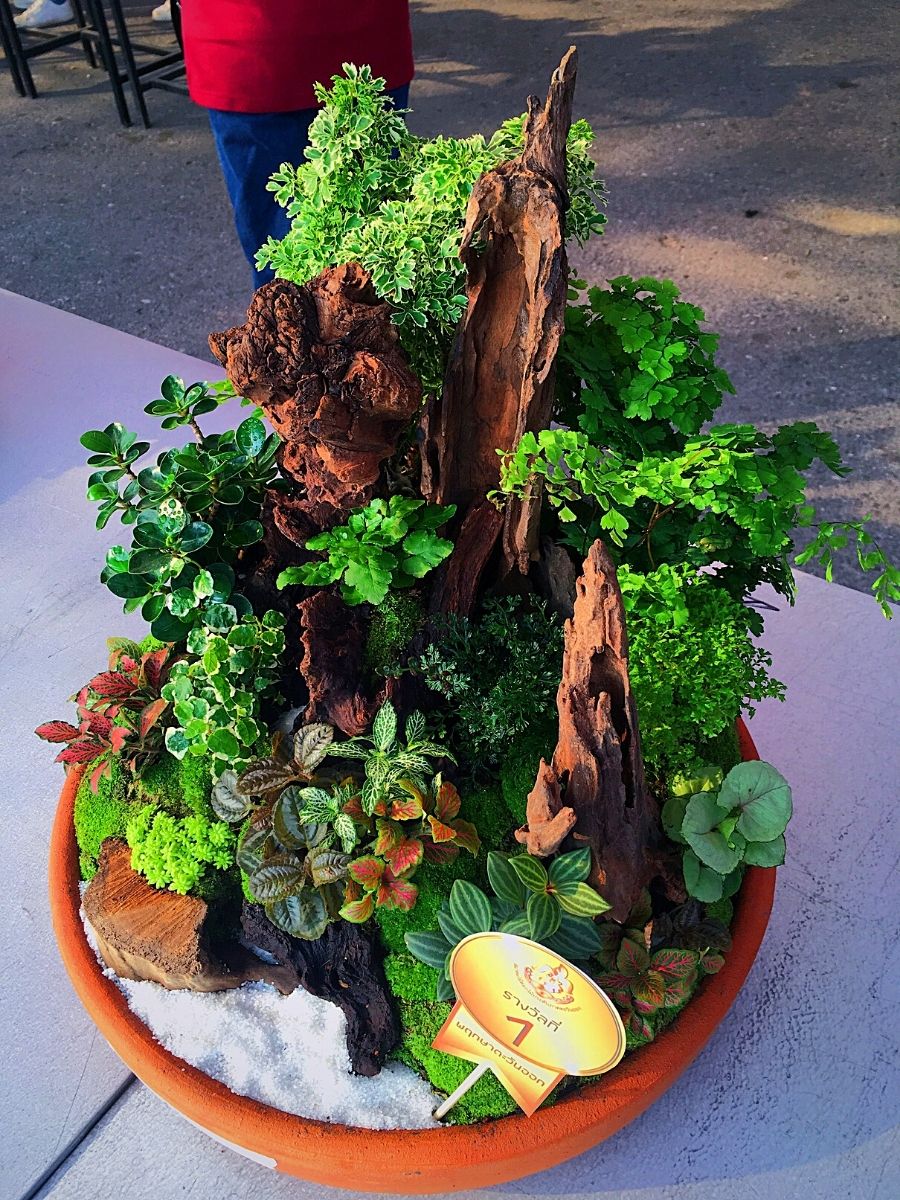
Some saikei artists even explore the concept of urban landscapes, recreating miniature city scenes with buildings, tree-lined streets, and even tiny vehicles. This adds a unique twist to the traditional saikei style, incorporating elements of modernity and urban life into the miniature landscape.
Saikei and Its Relationship with Nature
Saikei is more than just an art form; it is a deep connection with nature. Each saikei composition seeks to capture the essence of a natural landscape. This offers a window into the beauty and serenity of the outdoors. This reflection of nature allows viewers to experience a sense of calm and awe in a compact and manageable space.
Creating a saikei also fosters environmental awareness. Artists must understand the ecological needs of the plants and the interactions between the various components in the landscape. This knowledge often leads to a deeper appreciation of the intricate balance within ecosystems.
Likewise, saikei can be a meditative practice. The act of tending to the miniature landscape, adjusting elements for balance, and observing the growth and change of plants can promote mindfulness and a sense of Zen-like peacefulness.
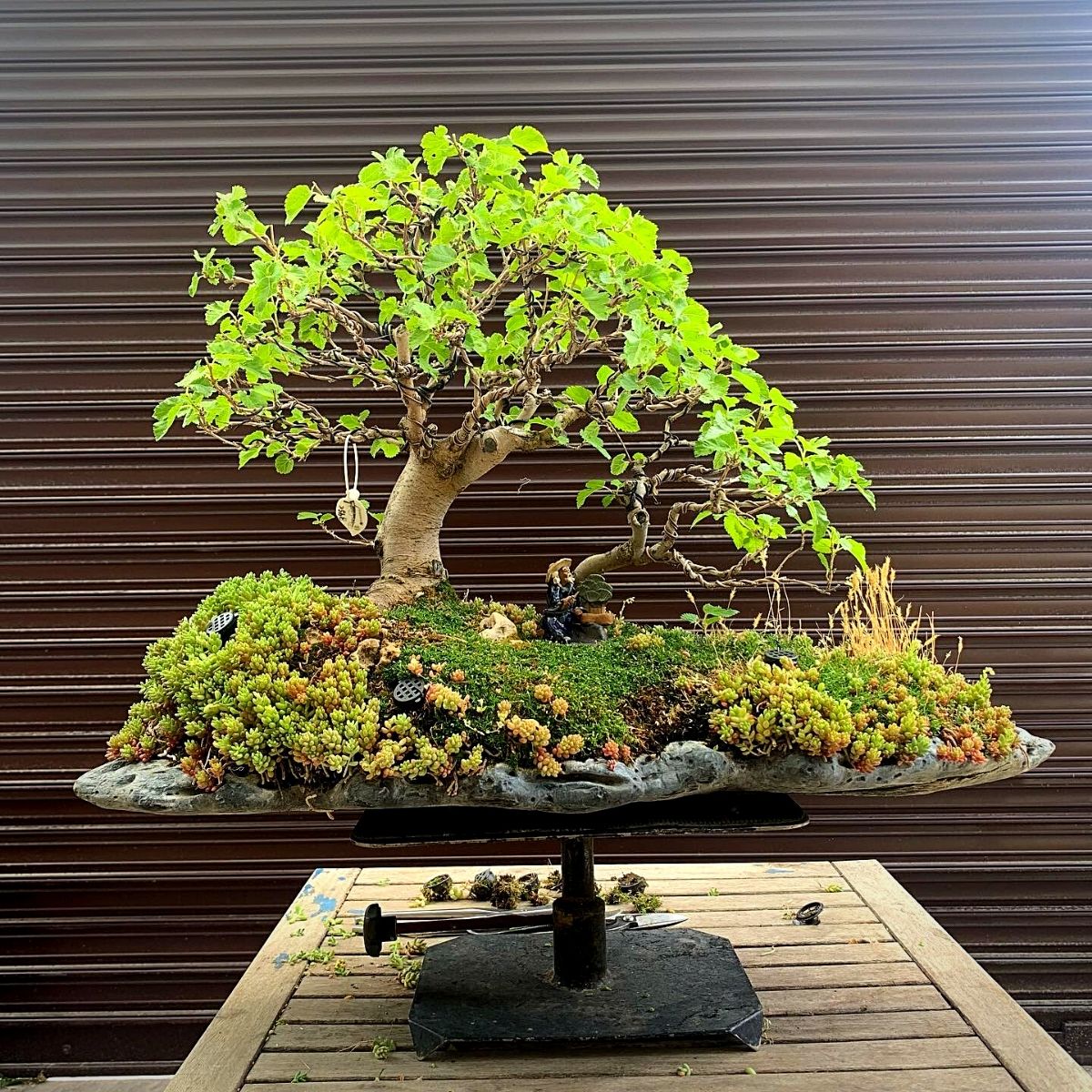
Many practitioners find solace in this art form, as it encourages them to slow down and connect with the natural world albeit on a smaller scale.
Without a doubt, saikei is not merely an artistic practice; it is an impression of the link between humans and the natural world. And you, as well, can try it out.
Feature image by Penjing Garden, header image by National Bonsai & Penjing Collection of Australia

